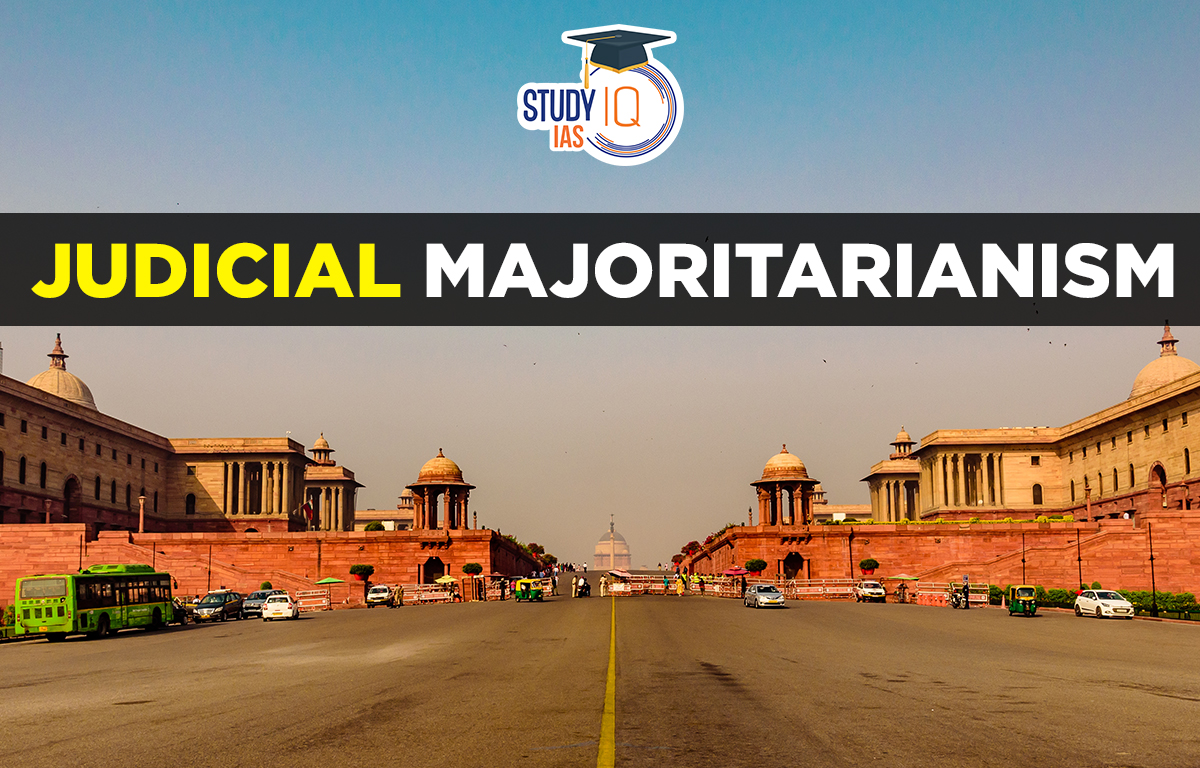The Hindu Newspaper Analysis 6 February 2023
The Hindu Newspaper Analysis for UPSC The Hindu Newspaper Analysis 4 February 2023 The United States early on Sunday shot down a Chinese surveillance balloon that had floated over American airspace for several days, triggering the latest diplomatic crisis amid already worsening relations between the world’s two biggest powers. Beijing reacted angrily to the shooting …
Continue reading “The Hindu Newspaper Analysis 6 February 2023”































